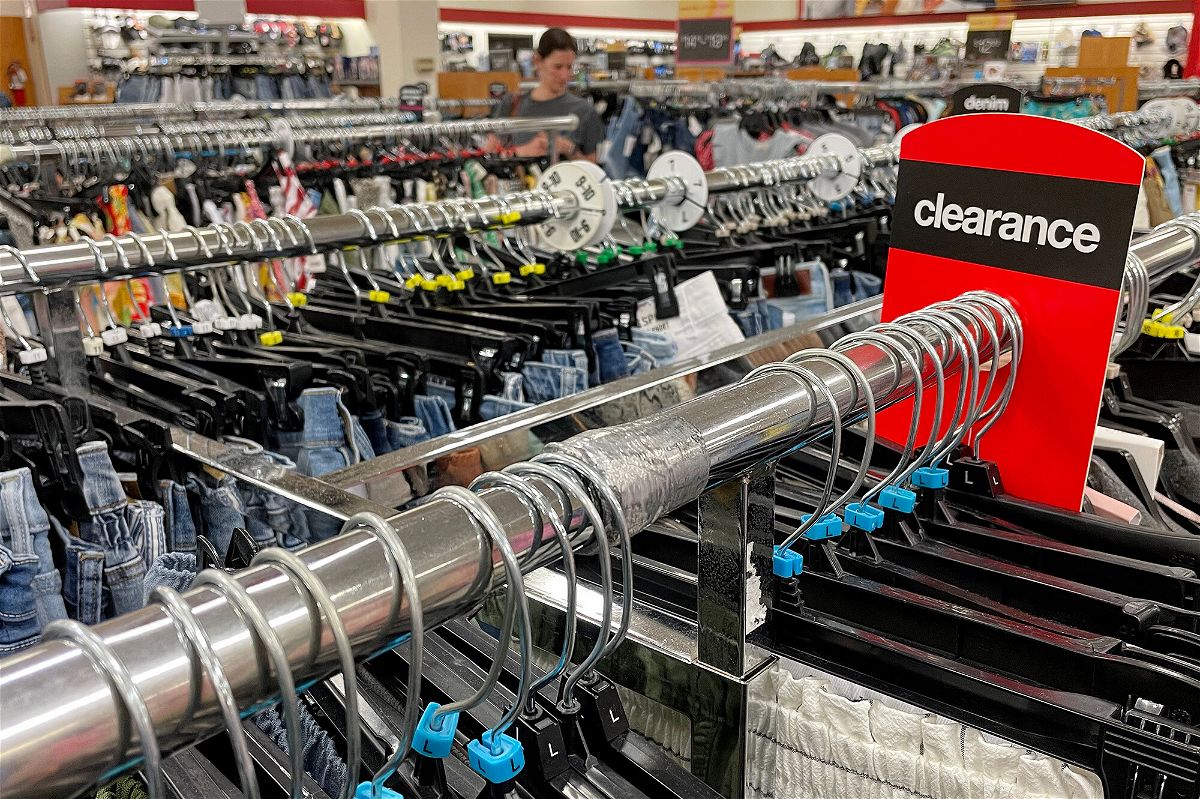How TJ Maxx and Ross offer such deep discounts

Unlike brands and stores that lock in their inventory six months to a year in advance
By Nathaniel Meyersohn, CNN Business
It’s a great time to be a closeout store like TJ Maxx.
Traditional brands and retailers are overstocked on clothing, home goods, electronics and other merchandise. In July, they were sitting on $713 billion in inventory, according to the latest data from the Census Bureau.
That’s a prime opportunity for “off-price” retailers such as TJX — the parent of TJ Maxx, Marshalls and HomeGoods — as well as Ross, Burlington and Ollie’s Bargain Outlet.
These chains have flexible buying models and are able to scoop up unwanted merchandise from suppliers at steep discounts to their initial wholesale price.
Unlike brands and stores that lock in their inventory six months to a year in advance, TJX and other off-price chains buy surplus merchandise to sell it right away. They also capitalize on orders that have been canceled or when companies manufacture too many items.
And if a designer changes the style or color of a dress, for example, off-price stores are happy to take it and sell it on the cheap.
If the price is right, these companies will also buy some merchandise and store it away for future seasons — a practice known as packaway.
By buying goods cheap and controlling costs with limited advertising budgets, off-price stores can sell designer names and mid-range brands anywhere from 20% to 60% below regular retailers’ prices.
Companies and analysts say the current inventory pileup across retail is the ideal environment for off-price chains.
The inventories of Nike, Gap, Kohl’s, Target and other companies have ballooned from a year ago. “We effectively have a few seasons landing in the marketplace at the same time,” Nike CEO John Donahoe said on a call with analysts last month.
Factory closures last year and in 2020 delayed shipments, as did widespread container ship shortages and supply chain backlogs. Inflation also has pinched shoppers’ pockets, leading them to pass on discretionary items.
Companies now are aggressively marking down their excess goods to stimulate customer demand. They’re also packing away some goods to try to sell them in future seasons, diverting more merchandise to their own outlet stores and canceling orders from suppliers.
But those strategies won’t be enough to clear out the glut. And the beneficiaries of this deluge will be off-price chains.
“This will all waterflow over into them,” said Brett Rose, the CEO of wholesale distributor United National Consumer Suppliers, which works with stores and brands. Rose’s company is shipping 40% more volume to off-price chains from the same time a year ago.
“We are seeing extraordinary off-price buying opportunities in the marketplace,” TJX CEO Ernie Herrman said in August.
Ollie’s Bargain Outlet, a closeout chain with more than 400 stores offering housewares, flooring and outdoor goods, is finding “opportunities like we have not seen for a long time,” CEO John Swygert said last month.
“Canceled orders, excess inventory and supply chain disruptions have led to a broad assortment of products being available,” he said.
The-CNN-Wire
™ & © 2022 Cable News Network, Inc., a Warner Bros. Discovery Company. All rights reserved.